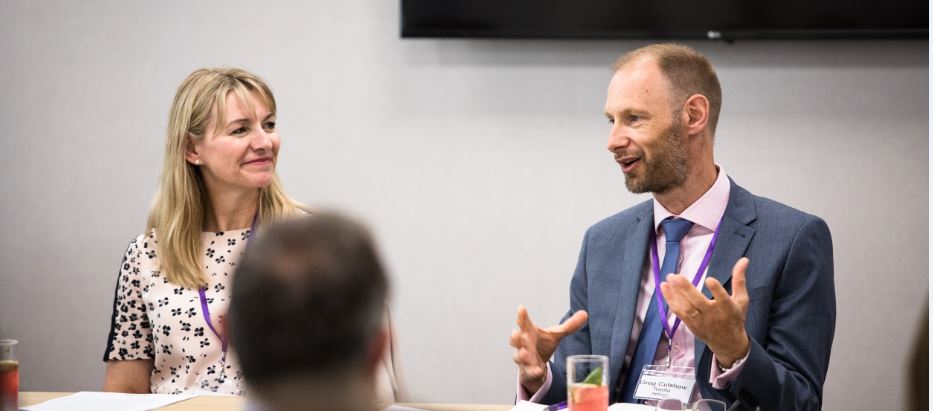Here are the summary highlights of the discussion held on Monday June 11th 2018 at the Handelsbanken Headquarters in London.
The discussion topic centred around the target proposed by Lord Davies for all FTSE 350 companies to have 33% of their senior leadership positions filled by women by 2020.
There were a wide range of views and opinions expressed. Many of these were supported by practical examples and personal stories which made for illuminating and interesting listening.
The summary take-away of the evening is that in order to maximise the wonderful resource of females in the workforce we need to make changes on three levels. Currently, according to significant research 58% of women who wish to return to the workforce after having children are choosing to start their own business as opposed to going back into the corporate workspace. This shows there is a huge talent and energy which is potentially being lost to the corporate world.
There are three levels in the Perfect Circle of Change to consider:
1. Personal Responsibility
- Speak up or ‘call it out’ – be prepared to say what you think. If you are unhappy or feel there is an injustice, be ready to say so. Avoid keeping it to yourself. We teach people how to treat us, so implement a more honest personal communication policy. Take active steps to build your confidence as that can be the one big thing which holds us back.
- Take time to build both your internal and external networks – networking can sometimes be viewed as difficult or time-consuming to do but it’s vital in broadening experience and exposure to other successful men and women
- Take ownership for your own development – promote your cause as a woman. Adopt a ‘can do’ attitude and live by the ‘if I think I can, I can!’ Take responsibility for developing yourself to become the person you want to be. There is so much choice utilising informal or formal networks to learn and develop
- Seek out good female role models – look at how they think, what they say and do. Tap into their skills and knowledge. Ask for help if you need it – rarely will the response be ‘No!’
2. Organisational Adaptability
- As well as the individual the organisation needs to take responsibility to maximise the resources contained within the female population. Women need support to help them work at their best.
- Introduce robust returnship programmes to help women (and men) cope with coming back to work after a break. More and more of the younger members of the workforce will wish to co-parent. Set up the resources to help that happen. There should be an avoidance of discrimination towards men in this area
- Ensure formal development is equal to the sexes – women should be able to access the same opportunities as men. Development for both should be part of the overall strategy rather than just an enabler. People are an organisations’ most important asset so ensure they are all equally developed. Help all of your people to develop a ‘growth mindset’.
- Implement the idea of progression coaches – senior women who can mentor and coach women who are identified and have the desire to be high potential
- Give the opportunity for everyone in the organisation to go through unconscious bias training – ensure that any bias that exists is uncovered, tested and reframed.
- Introduce flexible working to allow people (both men and women) when they are at their best and can support them in caring for families or other dependents.
3. Commitment to Culture Change
- Senior leaders should demonstrate gender equality in balance not just in what they do but in how the think. They are the trailblazers who will help to build a truly diverse and inclusive workforce. Put this subject firmly on the organisation’s agenda and keep it there!
- Create a listening culture – spend more time listening and thinking and less time speaking. Listen to your women – what do they want? Avoid making assumptions about what women want. Take time to ask them and invest in a deep discussion.
- Be aware of the collective power of people – start a ‘movement’ to eradicate unconscious bias and a lack of diversity of both thought and people in your organisation. There are many examples of the ‘power of the people’ – tap into this power to make a difference to your people and the organisation.
If you have any thoughts on these topics that you would like to add or discuss please get in contact today!




